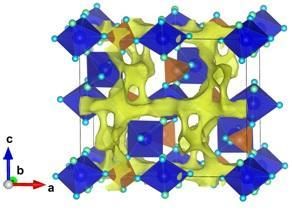Technology That Can Destroy Anthrax and Other Airborne Microorganisms Developed by Synergena
Advertisement
Synergena, Inc. announced a significant achievement with the use of biophotonics to destroy pathogenic microorganisms. Utilizing Bacillus subtilis spores as surrogate for the pathogen Bacillus anthracis (anthrax), Synergena's SIAD process killed the airborne and powder spores in under 10 seconds. The SIAD process was able to penetrate biological containment filters, totally destroy all Bacillus subtilis spores, and preserve the integrity of the filters. In addition, the SIAD process penetrated a sealed envelope killing all the surrogate microorganisms during testing at the Michael A. Meenaghan Science Center, State University of New York at Buffalo.
The patented SIAD (Synergistic Inactivation And Disinfection) process culminates from over 20 years of biophotonic research by the Florida/New York company, Synergena. Previously, the SIAD process has achieved success in research studies involving sterilizing implantable devices for clinical trials at Roswell Park Cancer Institute, The Cleveland Clinic, Veterans Administrative Centers, and Louisiana State University.
Synergena President, Robert E. Duthie, stated: ``The success of the trials at SUNY's Meenaghan Center are significant because (1) the technology developed from our medical research can be transferred to commercial applications, and (2) the tests demonstrated the use of the SIAD technology in economical, efficient and practical applications for today's air handling systems.''
Most read news
Other news from the department science
These products might interest you
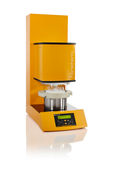
FIBRETHERM by C. Gerhardt
Automatic Fibre Extraction for Feed Analysis
FIBRETHERM from C. Gerhardt: Efficient – Precise – Method-Compliant

Glass and quartz microfiber filter by Cytiva
Request a glass microfiber sample pack to meet your battery development needs
Delivering efficient and consistent results
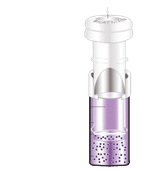
Mini-UniPrep™ by Cytiva
Improved HPLC Sample Preparation
Save 66 % sample preparation time and reduce costs by 40 %
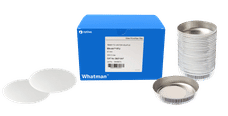
GF/C and 934-AH RTU (Environmental) by Cytiva
Meet wastewater regulations with the right filter
Streamline lab operations and ensure high-quality results
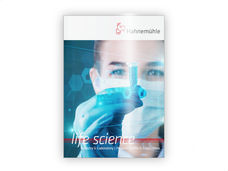
Hahnemühle LifeScience Catalogue Industry & Laboratory by Hahnemühle
Wide variety of Filter Papers for all Laboratory and Industrial Applications
Filtration Solutions in the Life Sciences, Chemical and Pharmaceutical Sectors
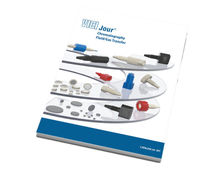
VICI Jour Katalog 15INT by VICI
The VICI Jour Catalog - Accessories for (U)HPLC and Liquid Handling
Capillaries, Tubing, Fittings, Filters, Safety-Products, Tools and much more

Whatman filtration product guide by Cytiva
New filtration catalog - a wealth of information on 286 pages
Discover the perfect filters for your laboratory application

Get the chemical industry in your inbox
By submitting this form you agree that LUMITOS AG will send you the newsletter(s) selected above by email. Your data will not be passed on to third parties. Your data will be stored and processed in accordance with our data protection regulations. LUMITOS may contact you by email for the purpose of advertising or market and opinion surveys. You can revoke your consent at any time without giving reasons to LUMITOS AG, Ernst-Augustin-Str. 2, 12489 Berlin, Germany or by e-mail at revoke@lumitos.com with effect for the future. In addition, each email contains a link to unsubscribe from the corresponding newsletter.

































































